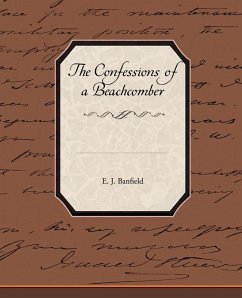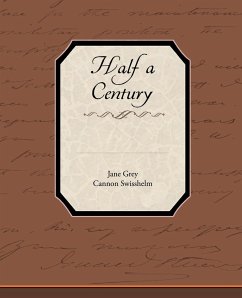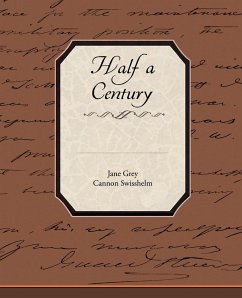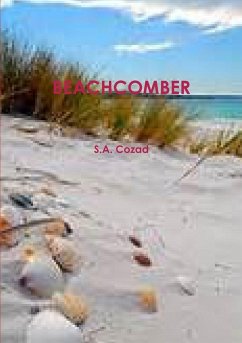
The Confessions of a Beachcomber
Versandkostenfrei!
Versandfertig in 1-2 Wochen
24,99 €
inkl. MwSt.
Weitere Ausgaben:

PAYBACK Punkte
12 °P sammeln!
In justification of the assumption of the title of "Beachcomber," it must be said that, having made good and sufficient provision against the advent of the wet season (which begins, as a rule, during the Christmas holidays), the major portion of each week was spent in first formal and official calls, and then friendly and familiar visits to the neighbouring islands and the mainland.













